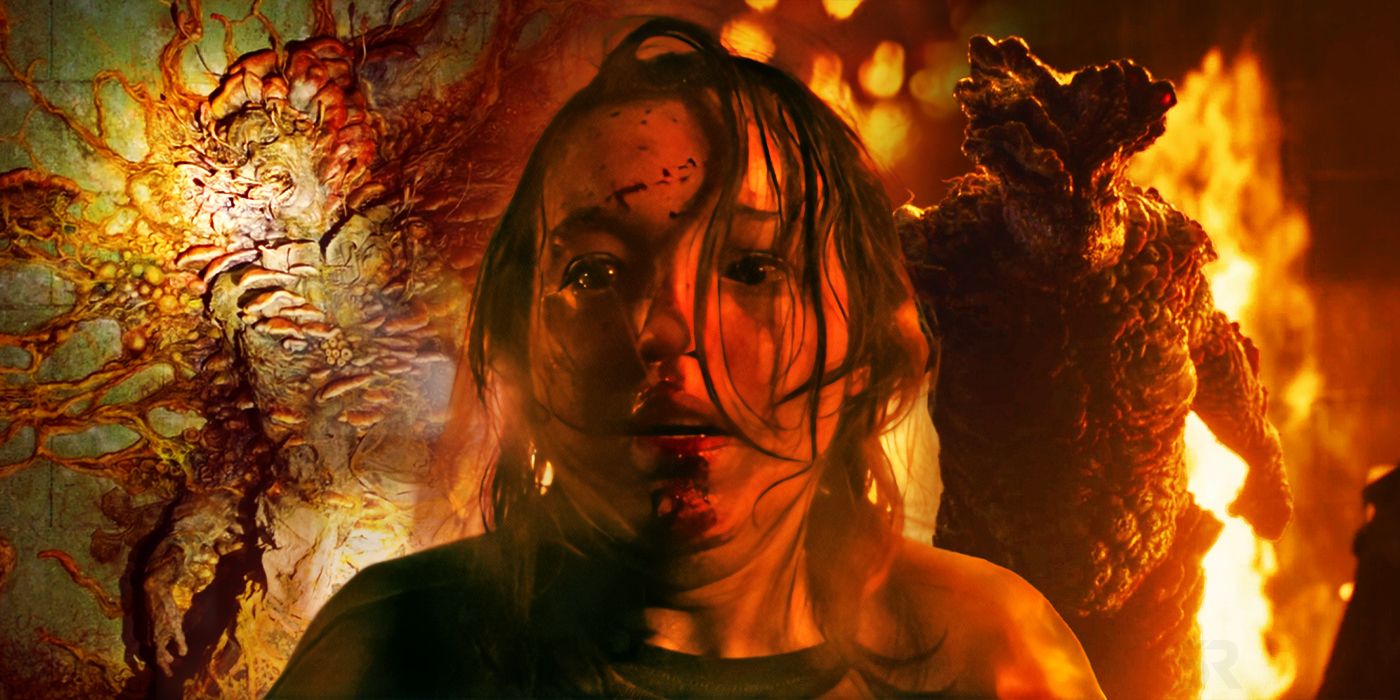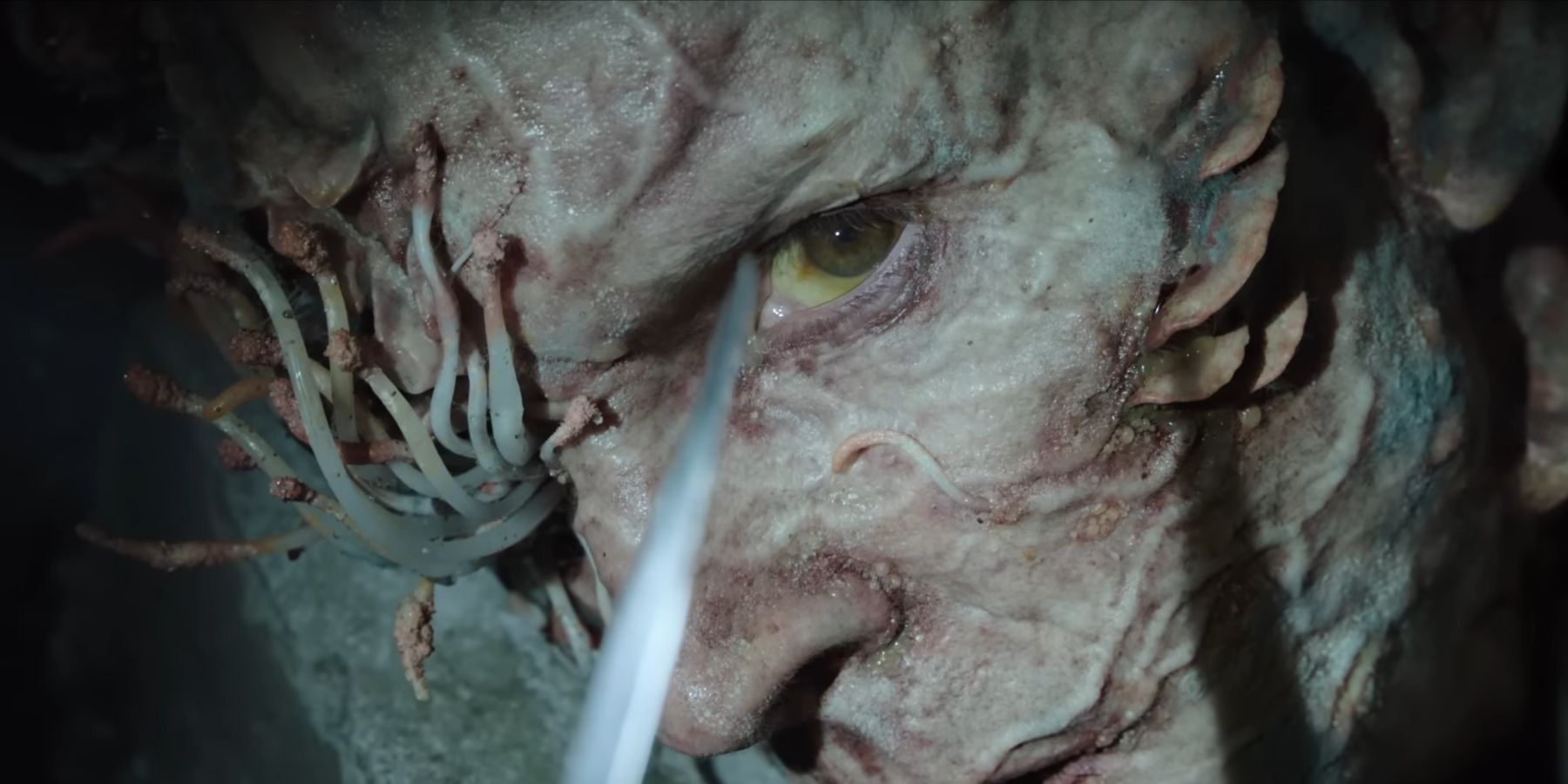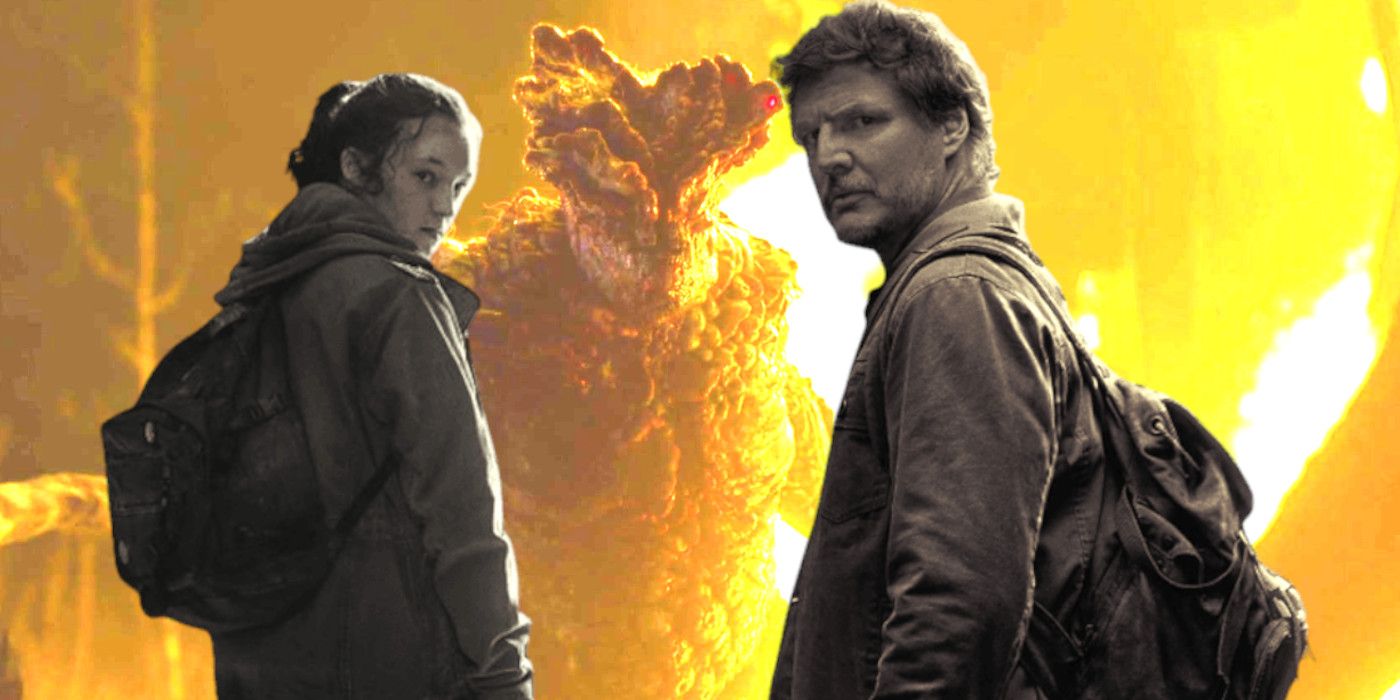Warning: Contains SPOILERS for The Last of UsThe Last of Us ended with a surprisingly low Infected number, but ultimately this was the right call for the HBO series. The Last of Us season 1 followed the game’s storyline pretty closely, except many of the random Infected encounters in the video game were cut. Craig Mazin and Neil Druckmann (who wrote the TLOU game) kept the important character development cut scenes but kept in mind the differences between a video game and television series.
In any adaptation, there are challenges in converting a story from a different medium to another. In an interview with Deadline, Craig Mazin mentioned they wanted to reduce the number of Infected massively for The Last of Us show: “So there may be less action than some people wanted because we couldn’t necessarily find significance for quite a bit of it, or [they had a] concern that it would be repetitive.” Mazin recognizes that while some people do enjoy watching gameplay, others may become bored with too many Infected fight scenes. He also explained that the action needed to be “a little more focused and purposeful when we’re putting it on TV.” These concerns go some way towards explaining why The Last of Us' infected number was surprisingly low.
The Last Of Us Limiting Infected Appearances Made Them Hit Harder
While this may be a big change from The Last of Us video game, it’s one that makes the Infected impactful whenever they appear, in a way that franchises that relied on bigger numbers throughout, like The Walking Dead, couldn’t replicate. The Last of Us season 1 gave the characters quiet moments that allowed them to get to know each other and build relationships that are significant. These quiet moments lull the viewer in a false sense of safety, so when the Infected do show up, it is that much more terrifying and heartbreaking.
In his Deadline interview, Craig Mazin explained that there may be more Infected later on in The Last of Us series, but “with the episodes we were concentrating on, I think ultimately we generally stressed the power of relationships and trying to find significance within moments of action.” In The Last of Us season 2, viewers may see more Infected and brutal action, but it was essential that The Last of Us season 1 built up Joel and Ellie’s relationship first.
The Last Of Us Infected Approach Was Better Than Zombie Hordes
While some zombie content like The Walking Dead and World War Z focus on zombie hordes, The Last of Us was smart to avoid this zombie trope. Zombie hordes can be terrifying, but they can also get tiresome, especially when the lead characters are killing them off left and right, without any fear that the zombies will actually hurt the protagonists. Nevertheless, while The Last of Us still contained Infected action and Joel demonstrated his prowess with a gun, it was a smart decision to limit the number of Infected appearances.
The Last of Us season 2 likely will follow The Last of Us Part II, but there has been speculation that they may adapt the video game sequel past season 2. As the action ramps up, it's possible that Infected numbers increase. However, though The Last of Us season 2 may include more Infected, The Last of Us creators made a good call to limit their number in the first season.
The Last of Us season 1 is available on HBO Max.



